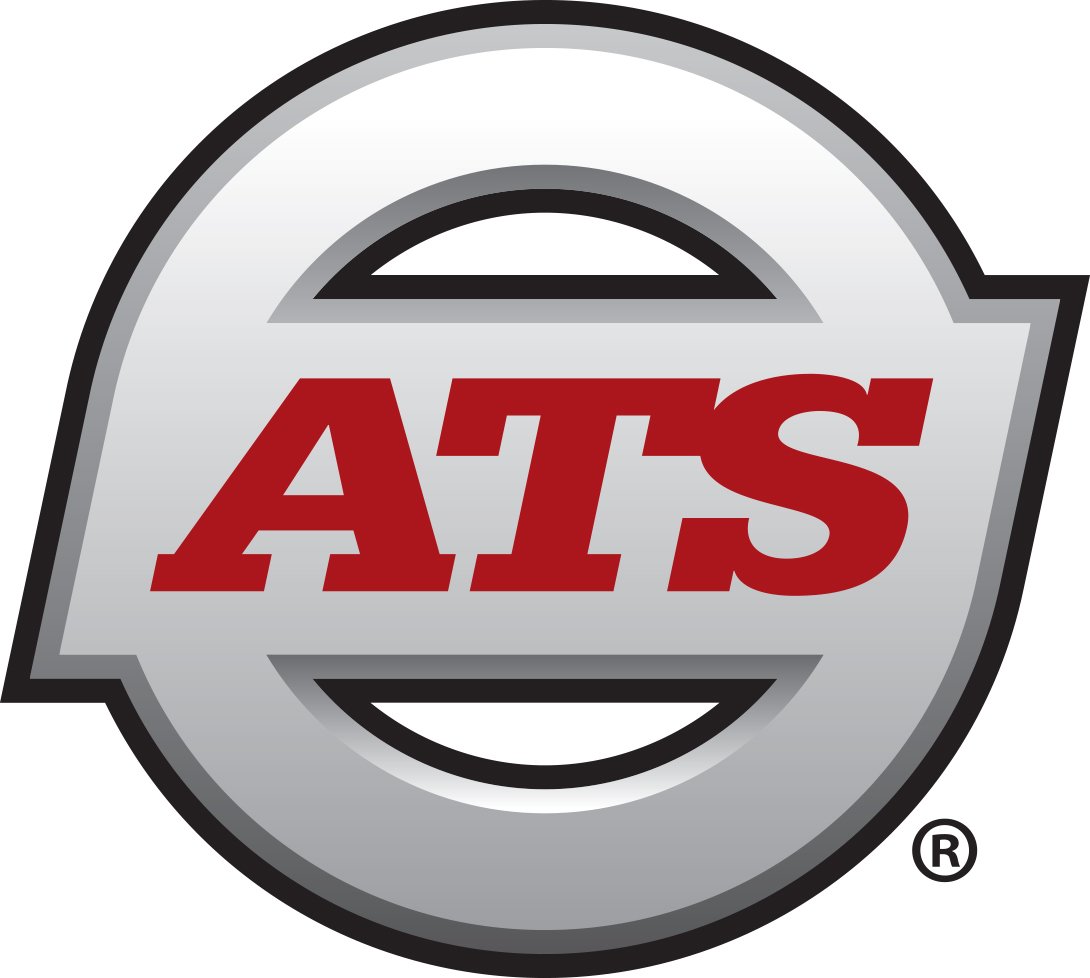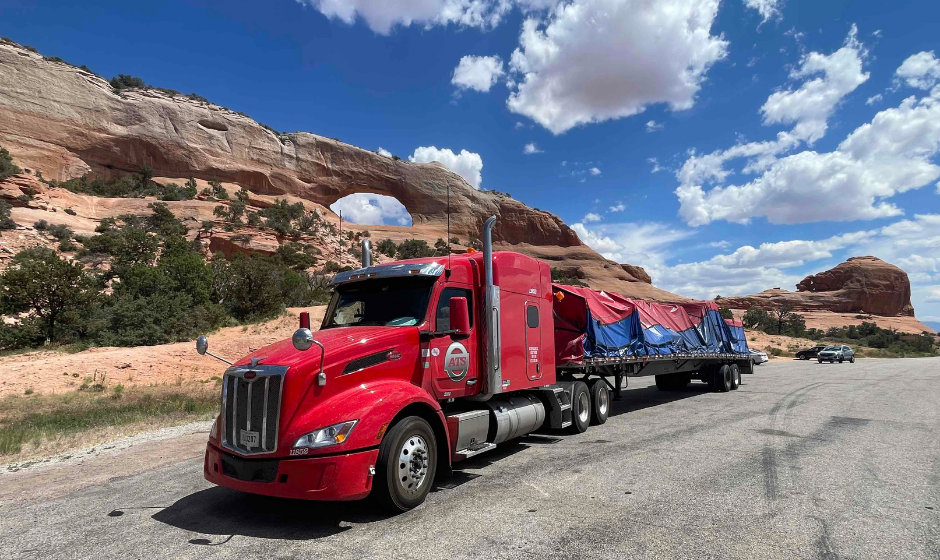
Getting your freight to its destination safely and securely is a priority for all shippers. But there are a lot of options out there for protecting your freight in transit.
Among them: tarps and shrink wrap. Both cover freight in material to prevent damage during shipping — and both have pros and cons to their use.
There’s a lot at stake every time your cargo leaves its origin. With money on the line and your reputation in the balance, you need to ensure your freight is protected from the elements. While both shrink wrapping and tarping your freight will do this, tarping makes more sense in some scenarios — and shrink wrapping on others.
At Anderson Trucking Service, Inc. (ATS), we’ve helped shippers like you prepare and transport countless shipments.
Thanks to our decades of experience in the industry, we’re skilled at determining what freight protection methods will be the best choice for any given cargo.
In this article, we’ll break down the shrink wrap vs. tarp debate, so you can better understand which is the right choice for your freight. We’ll get into the nitty-gritty on which method is more popular and why, plus the advantages and disadvantages of each.
By the time you’ve finished reading, you’ll have a solid sense of whether shrink wrapping or tarping is the right method for your shipments.
- What is the purpose of shrink wrapping or tarping freight?
- Shrink wrap vs. tarp: Which method is more popular?
- Shrink wrap advantages
- Shrink wrap disadvantages
- Tarp advantages
- Tarp disadvantages
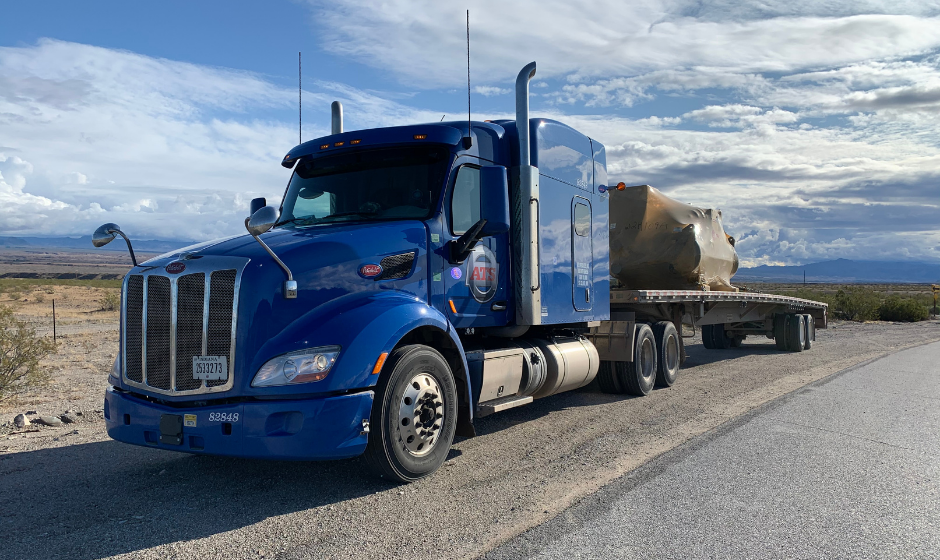
What Is the Purpose of Shrink Wrapping or Tarping Freight?
Before we get all wrapped up in the purpose of using shrink wrap or tarps in trucking, let’s quickly contextualize both these terms for shippers:
- Tarps cover freight with a thick, durable material such as polyethylene, vinyl, or canvas
- Shrink wrap covers freight with layers of thin plastic polymer film
Now, there is another prominent method of freight protection we’ve yet to mention: Conestoga trailers.
A Conestoga is a specialized trailer that has a retractable tarp system spanning the length of its deck.
Conestogas are a popular solution to shippers’ protection and security needs. However, this article's focus will be on comparing and contrasting solutions for open-deck trailers like flatbeds or hot shots.
Related: Should I Use a Conestoga Or Tarp My Freight? (An Honest Comparison)
So, with all that said: Why use shrink wrap or tarps for your freight?
Shippers use shrink wrap and tarps to protect their freight from physical damage during transport on open-deck trailers.
Even the smoothest trip from Point A to Point B poses potential dangers for freight. Tarping or shrink-wrapping freight can cushion cargo against threats like weather, scrapes, dents, etc.
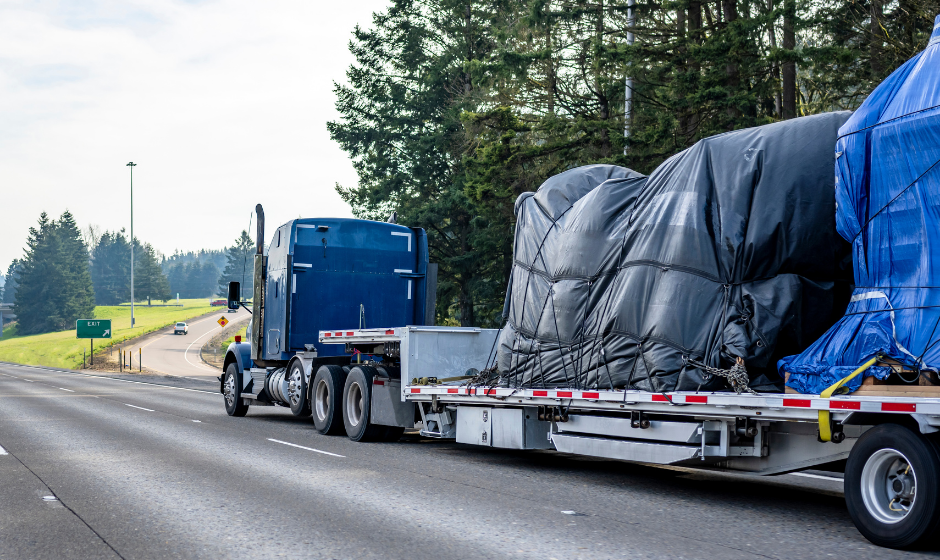
Weather and seasonality are major driving factors in the use of tarps and shrink wrap in trucking. Rain, snow, wind, and even excessive humidity can damage a variety of commodities, including agricultural products, produce and other consumable items, construction materials, and many more.
Tarping your freight keeps your cargo dry and secure — and protects your business from financial loss in the process.
Some shippers choose to tarp or shrink wrap only in the winter; others don’t take any risks and use these methods year-round. Their choice often comes down to the type of freight they are shipping and the likelihood of inclement weather conditions.
Shrink Wrap vs. Tarp Freight: Which Method Is More Popular?
In general, tarping is the more popular option, because of its lower cost and lack of burden on the shipper.
It is the driver’s responsibility to tarp loads; shrink-wrapping freight is the shipper’s responsibility pre-pickup. Naturally, shippers have gravitated toward the option that is most convenient for them.
Related: ATS' Tarps Explained (General-Use Tarps vs. Drop Tarps)
Advantages of Shrink Wrapping Freight
Some cargo can be damaged by tarps, or cause damage to the tarps themselves. Large metal components on a piece of equipment, for example, could shred a tarp with their sharp edges.
Shrink wrap is less likely to damage freight because it provides layers of protection. It’s an ideal method for larger pieces of equipment or freight that can’t be tarped due to its size.
It is also difficult to belly wrap (tarp under) freight, so shrink wrap is the preferred solution for cargo that requires 360 degrees of protection.
Finally, shrink wrap creates efficiencies in both time and protection.
When freight is shrink wrapped before pick-up, it allows the driver to get in and out of the facility much faster than if tarp securement is required.
Whereas tarps are not airtight and must come on and off at certain points, shrink wrap offers uninterrupted protection.
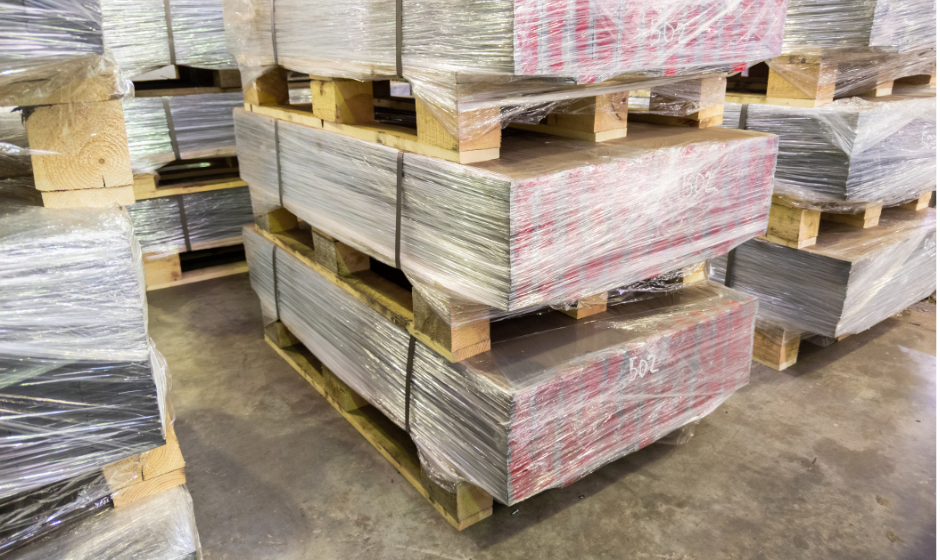
Disadvantages of Shrink Wrapping Freight
There’s a reason shrink-wrapping is the less popular option for freight protection, and it comes down to one word: cost.
Even if a shipper has the space and equipment needed to shrink wrap onsite (remember, it’s their responsibility to wrap freight before pick up,) the costs of materials and manpower can be prohibitive.
For most shippers, it’s simply more cost-effective to leave the protection of their freight in the driver’s hands — literally — and tarp instead.
Related: 6 Common Flatbed Shipping Problems (and How to Avoid Them)
Advantages of Tarping Freight
Tarps are a more accessible solution than shrink wrap thanks to their lower cost and ubiquity in the industry.
Tarps are not only cheaper, they are reusable — or at least, the high-quality tarps made of weatherproofed canvas are. This is a net positive for both the ultimate cost of tarping freight and the environmental impact of the industry.
Tarping is so common that drivers carry their own set. That eliminates the burden on shippers to provide materials or manpower.
This is a valuable convenience to shippers, even before you factor in the much lower cost.
Related: Tarping 101: What You Need to Know When Arranging Tarps for Your Freight Shipment
Disadvantages of Tarping Freight
While tarping is popular for good reason, it is not without its drawbacks.
There is risk involved in tarping, both for the shipper and the driver.
On the shipper’s side, you risk potential damage to your freight. Tarp friction, flapping, and haphazard tarp jobs can all damage cargo.
There’s also no guarantee that tarps will adequately protect your freight from road debris, mud, etc. that can come up through the trailer on its un-tarped side.
Related: How to Make Handling Requests to a Freight Carrier
Drivers, on the other hand, take on the personal risk to their bodily safety when they are responsible for tarping freight.
Tarping freight is a physically difficult and dangerous task. Even drivers with ample safety training and experience risk falling off loaded trailers. These accidents can cause serious injury or even death.
Safely tarping freight takes time, and while that may seem a small price to pay to ensure safe freight and safe drivers, the reality is that rushing can and does happen. This ups the risk factor for all parties, and is an unfortunate downside to this method of freight protection.
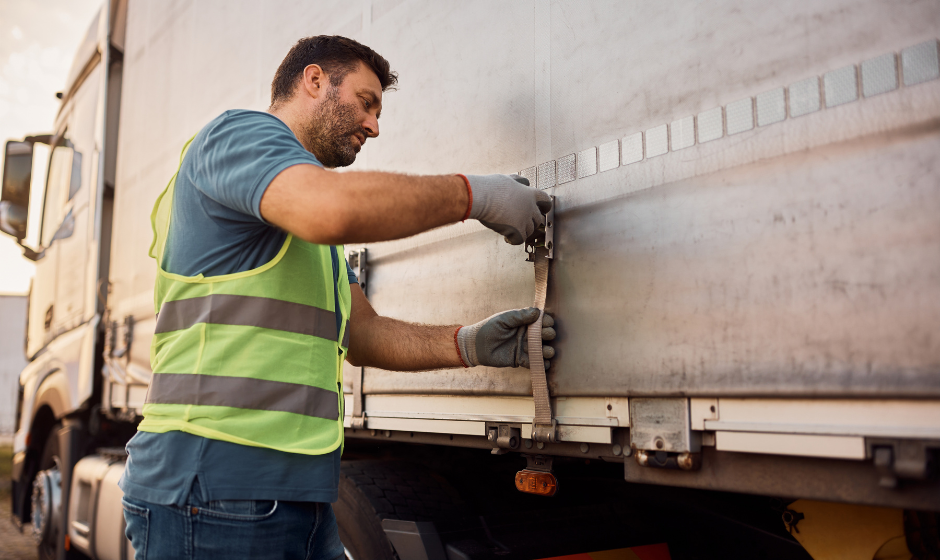
Should You Shrink Wrap or Tarp Your Freight?
If you’ve read this far, you have a pretty good idea of which method will be the better fit for your freight.
Both materials protect cargo during shipment, but each method has its pros and cons.
Shrink wrap is gentler on freight and a time-saver for drivers, but it is expensive. It also puts the responsibility of wrapping freight squarely upon the shipper’s shoulders. Shrink wrap offers airtight protection and total coverage, but it’s likely not the most sensible choice for a majority of shippers.
Tarps are more versatile and cost-effective, but they don’t offer 360 degrees of protection. Tarps can also damage certain freight types. Shippers don’t have to tarp freight themselves, which is convenient, but it places all the responsibility — and serious risk — on the drivers.
The freight protection method that’s right for you will offer the best balance of protection, cost, and risk.
Speaking of freight types: as you ready your next open-deck shipment, check out our video on 5 Load-Specific Questions Your Flatbed Carrier Should Ask (and Why).
Not only will it help you be more prepared for your next load, it provides a frame of reference for what reliable transportation providers should be asking. This will help you vet potential new carriers and grade your existing network’s level of service.
Have other questions about how to prepare your freight for shipment? Reach out to ATS! Our team is always happy to answer your questions and help you make the best decision for your business.
